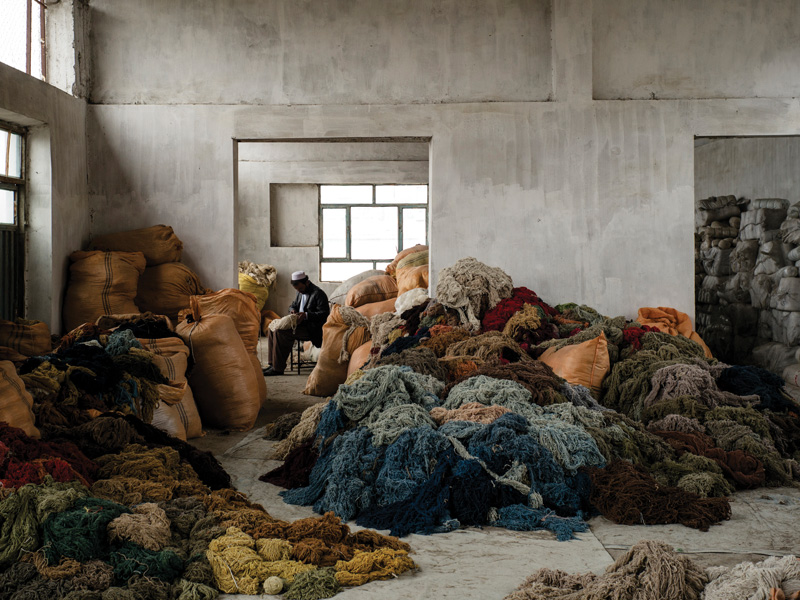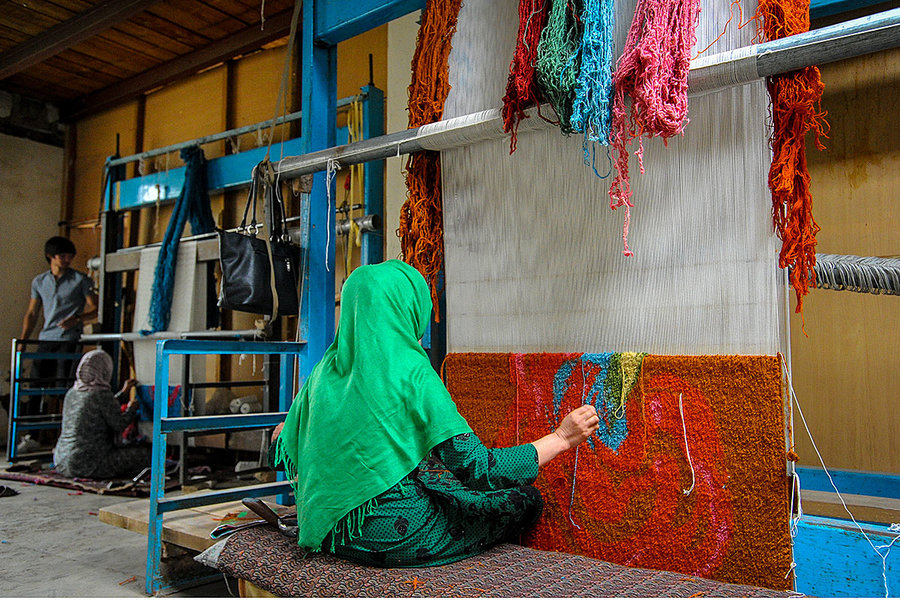Uncategorized
The Unique Process of Making a Quality Afghan Rug
The incredible amount of skill, time, and dedication from highly skilled artisans are among the reasons why a handmade Afghan rug is so special. The exquisite designs, craftsmanship, and hours spent on each individual rug provide qualities that outlasts most rugs and explains their premium price tag. Whether you own an Afghan rug or are thinking of purchasing one, understanding the unique process that goes into making them will provide insight and undoubtedly support your purchasing decision. The following steps, from the first idea to final product, are part of the development of these extraordinary rugs.
It All Begins with an Idea
As with any project, each Afghan rug starts with an idea. Because these rugs can take several months to complete, having a plan is extremely important. The plan acts as an outline to support the timeline of the rug. Each unique idea includes a variety of field patterns, border themes and medallion details. As you can probably imagine, the creative ideas and options are endless! The final design decision is important from a commercial aspect, as it is the crux of the significant investment ahead.

Quality Materials Make a Quality Rug
The process begins with unprepared, raw wool. The wool is primarily made from the fat tail Karakul, a type of sheep. This particular wool is historically used in the making of the most premium rugs. The unique dual fleece property has a soft inner layer and a long outer layer. This is important because the combination is perfect for making carpets. Because Afghan wool is found in the province of Ghanzi, among the coldest locations in Afghanistan, it is top quality fleece. Once the artisans have the wool, they begin hand sorting it by separating it into dark and light shades.

The Wool Spinning Process
Not all Afghan rugs are made with hand-spun wool. Sometimes machine-spun wool is used. Hand-spinning is extremely time consuming and labor intensive, which produces a much tighter look. Hand-spinning creates a beautiful effect to the texture, offering natural variance. One of the most popular types of hand-spinning wool is done with a drop spindle. This process helps prepare the wool for dyeing.

Dyeing Wool Continues the Rug Journey
The beautiful colors of Afghan rugs often make choosing a difficult task! Just like spinning wool, dyeing wool is also an expert skill. For example, to get a purple color, the wool is first dyed with indigo and then again with a red shade. Additionally, the process of natural drying in natural sunlight prolongs the colors of a quality Afghan rug. Wool drying is as important as the dyeing process.
Weaving the Rug to Perfection
Afghan rug weavers are dedicated to knotting. The size of the rug grows with each row of knots. Weavers follow a strategic plan. They typically leave the pile height long and then go back later to trim it. Even for the most experienced artisan, weaving takes a significant amount of time – approximately two thirds of the entire rug production. A skilled weaver can knot around 10,000 knots a day. This number fluctuates depending on the complexity of the rug.

When you purchase a quality Afghan rug, you can trust that it has been crafted with the care and commitment of fine artisans with years of experience. The uniqueness of the distinct design and colors is exclusive to the rug you purchase. Although some may have similar features, because the rugs are hand-crafted, you can trust that your purchase is one-of-a-kind. Ready to add an Afghan rug to the décor of your home? Contact Kirishian Rugs today!

